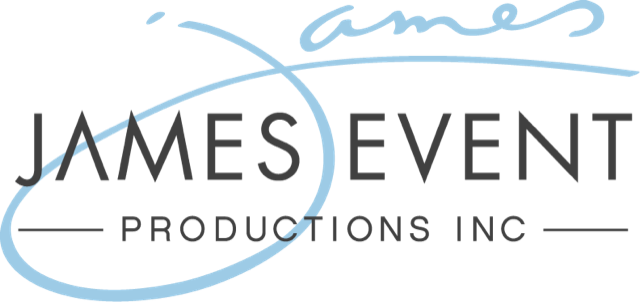Mastering the Craft of Seamless Film Projection on Curved Surfaces for Breathtaking Graphic Experiences
Mastering the Craft of Seamless Film Projection on Curved Surfaces for Breathtaking Graphic Experiences
Blog Article
Video mapping is an innovative technology that allows visuals and footage to be projected onto areas, creating breathtaking aesthetic experiences. When it comes to curved surfaces, perfecting this art can be a bit more challenging than casting onto level planes. Curved surfaces can encompass various elements from the facades of structures to sculptures and even stages. Grasping how to efficiently map footage onto these forms is crucial for artists, designers, and occasion planners who want to develop engaging settings that captivate audiences.
The first phase in footage mapping on curved surfaces is to comprehend the shape of the area. Curved surfaces can be complex, with varying degrees of bend. To attain a smooth display, it is vital to create a 3D model of the surface. This model helps in visualizing how the video will look when projected. Software tools are available that allow users to create these representations and simulate the display. By precisely mapping the dimensions and contours of the surface, creators can ensure that the footage matches perfectly without warping.
Once the 3D model is prepared, the following phase is to prepare the video content. This includes modifying the footage to suit the specific shape and size of the rounded area. It is crucial to consider the angles and sightlines from which the viewers will observe the display. The content should be designed to improve the aesthetic experience, making it engaging and relevant to the theme of the event or installation. Using premium visuals and motion graphics can significantly enhance the total impact of the projection.
After editing the content, the actual display process begins. This includes setting up the projectors at the appropriate positions and distances to ensure that the footage matches with the 3D model. Calibration is a crucial part of this process. It may require modifying the brightness, differentiation, and sharpness of the projectors to achieve the optimal outcomes. Additionally, using multiple devices may be required to cover bigger or more intricate surfaces. This method, known as seamless projection, helps create a continuous visual across the entire area.
Ultimately, trialing the projection is crucial before the conclusive presentation. This enables designers to make any necessary modifications to the footage and projector configurations. It is also an opportunity see this site to see how the viewers will experience the projection from various viewpoints. By confirming that the footage mapping is perfect, creators can deliver a remarkable visual experience that creates a memorable impression. Perfecting footage mapping on curved surfaces not only improves artistic output but also opens up new possibilities for narrative and audience interaction in various environments.